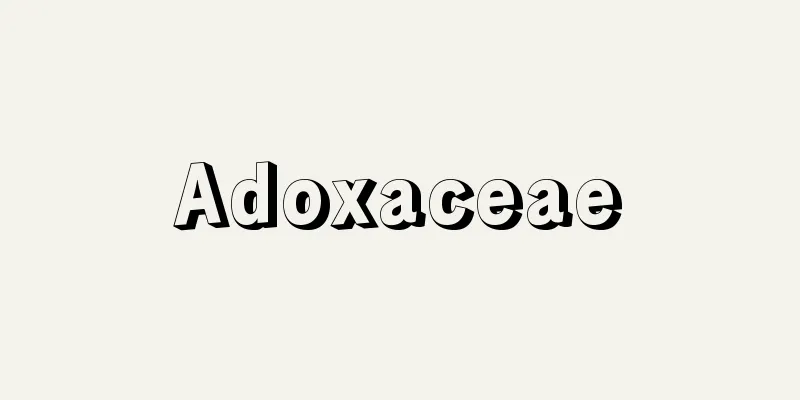Nuwa - Jo-ka

|
A goddess who appears in ancient Chinese mythology. She is known as the creator who repaired the heavens and the earth and created mankind. According to the "Huainanzi," when the four pillars that supported the heavens in ancient times broke, the earth was torn to shreds, fires broke out everywhere, floods covered the land, and wild beasts and strange birds ran rampant, tormenting people. Nüwa then melted five-colored stones and poured them into the chipped parts of the heavens to repair them. She also cut off the legs of a giant turtle to support the heavens and the earth again, and peace was restored to the earth. Meanwhile, in the "Fuzoku Tongyi" (late Eastern Han), there is a story about Nüwa creating humans, in which she first kneaded yellow clay into the shape of a human, carefully creating each human one by one. However, Nüwa's bones were breaking from the work and she had no time to rest, so she finally dipped the rope into the mud and pulled it up. It is said that every drop of mud that splashed off the rope turned into a human. This legend of Nüwa as a creator deity changed over time, and Nüwa became one of the Three Emperors, and was also thought of as a married couple with the male deity Fuxi. However, there are still images of Fuxi and Nüwa, with their upper bodies human and their lower bodies snake-shaped, standing side by side with their tails entwined, and it is thought that this snake-like form is closer to the original Nüwa. [Kiyoji Ito] Source: Shogakukan Encyclopedia Nipponica About Encyclopedia Nipponica Information | Legend |
|
中国の古代神話に登場する女神。彼女は天地を補修し、人類を創造した造物主として知られている。『淮南子(えなんじ)』によると、太古に天を支えていた4本の柱が折れると大地はずたずたに裂け、至る所に大火災が発生し、洪水が大地を覆い、さらに猛獣や怪鳥が横行して人々を苦しめたという。そこで女媧は、五色に輝く石を溶かして天の欠けた部分に流し込み、これを補った。また大亀(おおがめ)の足を切り取って天と地を支え直したので、地上にはふたたび平安がよみがえったという。一方『風俗通義(ふうぞくつうぎ)』(後漢(ごかん)末)には、女媧が人間をつくったという物語がみえ、それによると、彼女は初め黄土を人の形にこねあげて、人間をていねいに1人ずつつくっていた。ところが、作業にほねが折れすぎて休むまもないのに業(ごう)を煮やした女媧は、ついに縄を泥中に浸してそれを引き上げた。そのときに縄から飛び散った泥のしずくがすべて人間になったという。こうした創造神としての伝承はやがて変化し、女媧は三皇の一人となったり、また男性神の伏羲(ふくぎ)と夫婦とも考えられるようになった。しかし上半身は人間だが、下半身が蛇形に描かれた伏羲と女媧が、互いの尾を絡み合わせて並んでいる姿が画像石などに残されており、むしろこうした蛇身の姿こそ本来の女媧に近いものと思われる。 [伊藤清司] 出典 小学館 日本大百科全書(ニッポニカ)日本大百科全書(ニッポニカ)について 情報 | 凡例 |
<<: Calligraphy meeting (English spelling) shū huì
>>: Sheo people (English spelling) Shē zú
Recommend
Wilhelm Raabe
German novelist. Born in a rural area of the Du...
Squire
A social class in England. It refers to wealthy la...
Example - Rei
[1] 〘noun〙① A thing that has become a custom. A pr...
Hong Ren-gan; Hung Jên-kan
[Born] Daoguang 2 (1822) [Died] 1864, 3rd year of ...
De Wette, WML (English spelling) DeWetteWML
…His task was to grasp the essence and truth of r...
Temperature scale - Ondomemori
A scale used to indicate temperature. It is made b...
Kibana Lupin - Kibana Lupin
...They generally contain poisonous alkaloids, bu...
National review
A type of direct democracy, generally referring t...
Kamigata merchants
Economically, Kamigata was the center of producti...
Organic reagent - English: organic reagent
A term used in contrast to inorganic reagents. It ...
Ushin
It is also called "kokoro ari" (having ...
Critical care
...Patients who are considered to be very serious...
Nervo, Amado
Born: August 27, 1870 in Tepic Died: May 24, 1919....
SNA - SNA
United Nations System of National Accounts : A set...
Urago - Urago
The central settlement of Nishinoshima Town in Doz...









